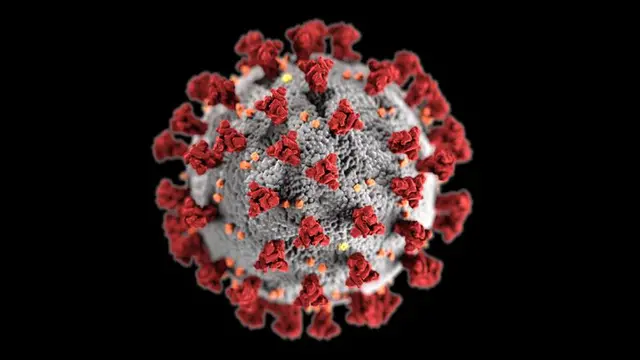Scientists have discovered new vulnerable sites on the surface of the COVID-19 spike protein for antibodies which could help in the development of vaccines.
Coronavirus
is surrounded by spike proteins that it uses to enter and infect human cells.
COVID
vaccines work by teaching the immune system to make antibodies to the spike protein.
Researchers from the Max Planck Institute of Biophysics in Frankfurt, Germany, have developed a detailed model of the spike protein to identify potential target sites on its surface for the antibodies.
They said previous models have not shown the flexibility of the spike protein or the movements of the protective glycans - which they describe as chains of sugar molecules - that coat it.
The team said the glycans help the virus evade a person's immune system by moving back and forth in a motion they compared to car windscreen wipers.
The researchers said their simulations, published in the PLOS Computational Biology journal, allowed them to identify spots on the surface of the spike protein that are least protected by the glycan "shields".
While some of the sites detected were known from previous research, the team said they managed to identify new ones too.

COVID-19: Will we ever find virus origin? The unanswered questions in WHO investigation
Researcher Mateusz Sikora said: "We are in a phase of the pandemic driven by the emergence of new variants of SARS-CoV-2 with mutations concentrated in particular in the spike protein.
"Our approach can support the design of vaccines and therapeutic antibodies, especially when established methods struggle."
 简体中文
简体中文

